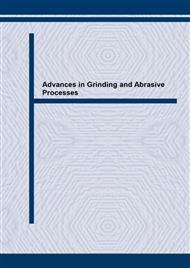p.1
p.6
p.10
p.14
p.19
p.26
p.33
p.37
Fabrication of Monolayer Brazed Diamond Tools with Optimum Grain Distribution
Abstract:
Info:
Periodical:
Pages:
6-9
Citation:
Online since:
March 2004
Authors:
Keywords:
Price:
Сopyright:
© 2004 Trans Tech Publications Ltd. All Rights Reserved
Share:
Citation:


